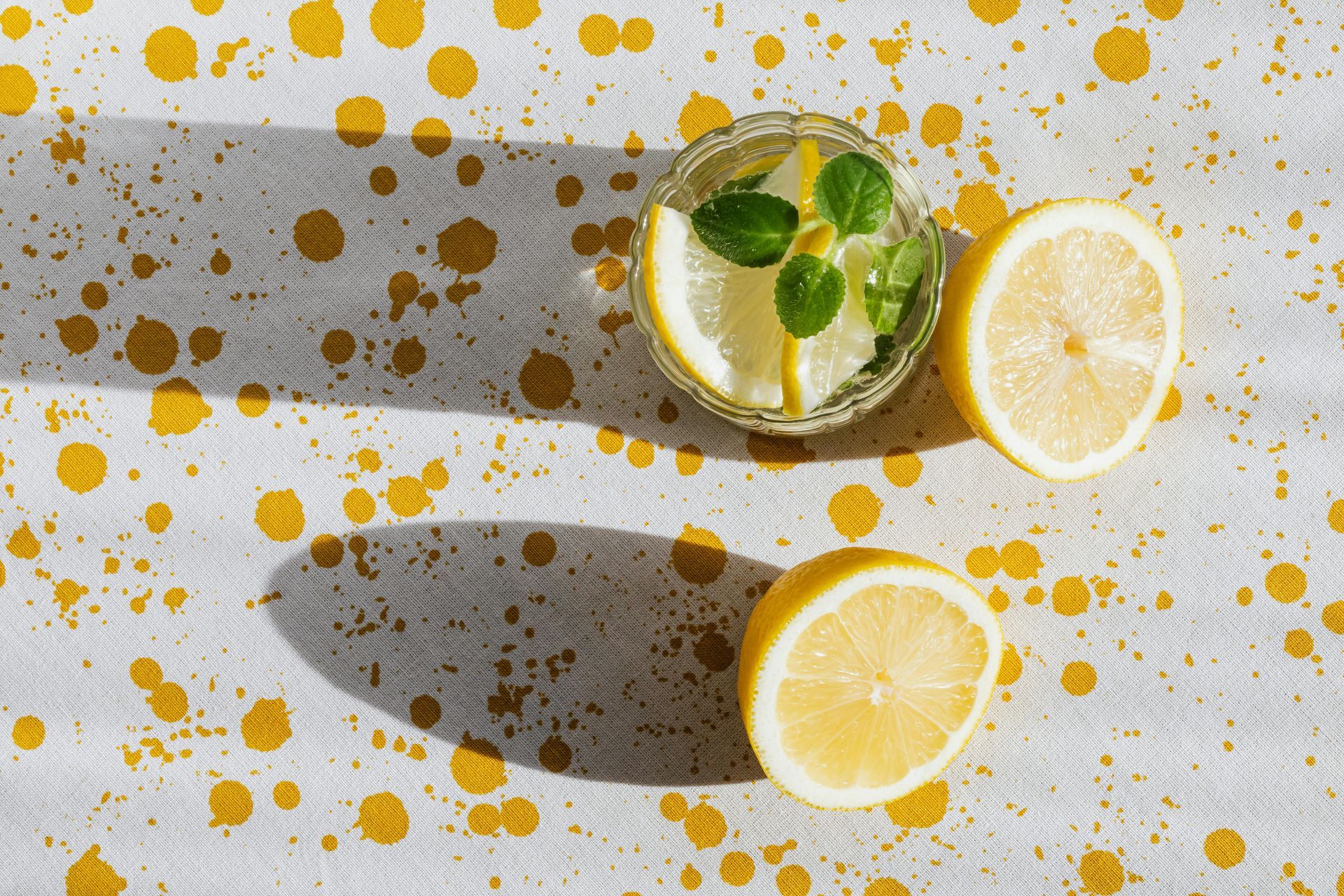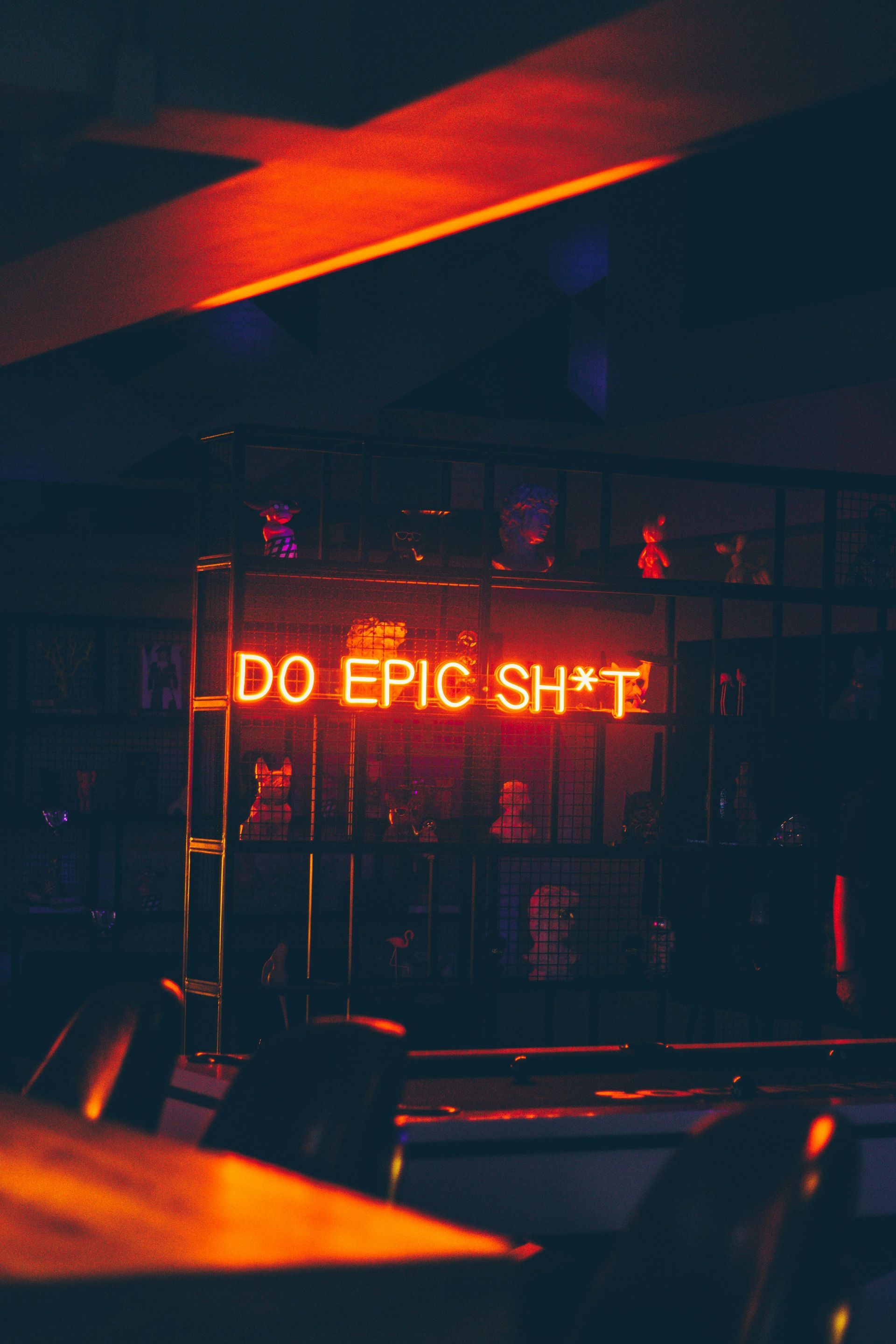How Cocktail Recipes Have Changed Over Time: History, Culture, and Innovation
Cocktail recipes are more than just a mix of ingredients—they reflect the eras, cultures, and creativity of those who craft them. From early experiments with simple liquors to the intricate contemporary blends of today, the evolution of cocktails is a fascinating journey that intertwines history, technology, and culinary artistry.
The Origins of the Cocktail: Function and Simplicity
The first recorded definition of a cocktail dates back to 1806, describing it as a combination of spirits, sugar, water, and bitters—also known as a bittered sling. In this era, cocktails were less about enjoyment and more about practicality, created to make the harsh spirits of the time more palatable. Drinks like the Rum Sling (rum, sugar, water, and lemon juice) and other simple combinations laid the foundation for the art of mixology.
Technology and Innovation
In the 19th century, technological advancements such as mechanical ice production and carbonated water transformed the cocktail experience. With the advent of more sophisticated shakers and access to fresh ingredients, classics like the Old Fashioned and the Manhattan emerged—drinks that still dominate bar menus today.
The Golden Age of Cocktails: Elegance and Refinement
The arrival of Jerry Thomas, the "father of modern mixology," elevated cocktails to an art form. Between 1850 and 1920, bartenders began experimenting with more precise proportions and complex ingredients. Drinks like the Martini, Mint Julep, and Pousse Café became symbols of sophistication and style.
During this era, cocktail books like The Bartender's Guide by Jerry Thomas standardized recipes and techniques that remain foundational in the craft. The role of the bartender evolved from simple drink-maker to true artisan.
Prohibition: Necessity and Creativity
The Prohibition era in the United States (1920–1933) forced bartenders to find creative ways to mask the harsh flavors of low-quality, often illicit alcohol. Iconic drinks from this time include the Bee’s Knees (gin, honey, and lemon) and the Orange Blossom (gin and orange juice). The scarcity of quality ingredients led to the use of eggs, creams, and sweet syrups to improve taste.
Meanwhile, many American bartenders emigrated to Europe, bringing their expertise and influencing local cocktail culture. Cities like Paris and London became hubs for the international cocktail scene.
The Tiki Era and Exotic Culture
After World War II, cocktails took on a more exotic character thanks to the tiki movement, spearheaded by figures like Donn Beach and Trader Vic. Drinks like the Mai Tai and the Zombie introduced tropical juices, spiced syrups, and flamboyant presentations featuring fruit, umbrellas, and carved ice.
This period also saw the adoption of modern technologies like electric blenders and the widespread availability of affordable spirits, enabling a nearly endless variety of combinations.
Modern Cocktails: Tradition Meets Innovation
Today, mixology is experiencing a creative renaissance where tradition and innovation coexist. Contemporary bartenders draw inspiration from the classics but add their personal touch through advanced techniques like infusions, sous-vide methods, and carbonation. Seasonal ingredients, botanicals, and culinary techniques borrowed from fine dining make each drink a unique experience.
Global culture plays a crucial role: Asian spices, European artisanal spirits, and tropical fruits are seamlessly integrated into cocktails served at the world’s most innovative bars. Additionally, the focus on sustainability has sparked the "zero waste" movement, where recycled ingredients and ethical approaches define modern drink-making.
What Influences Cocktail Evolution?
- Ingredients: The accessibility and quality of ingredients have always been a driving force. From basic 19th-century bitters to sophisticated modern infusions, variety has transformed cocktails.
- Technology: From refrigeration to electric mixers, every innovation has opened new possibilities.
- Culture: Each culture has contributed its unique traditions: Caribbean rum, European herbs, and Asian flavors all play a part.
- Creativity: The role of the bartender as an artist and storyteller has elevated cocktails from mere drinks to a form of expression.
The evolution of cocktail recipes is a testament to humanity’s ability to adapt, innovate, and celebrate cultural diversity. From the simple bittered slings of the 19th century to today’s molecular cocktails, each era has left its mark in a glass. Next time you sip a drink, remember you’re tasting not just a mix of flavors, but also a story that spans centuries and continents.
William Rapino


